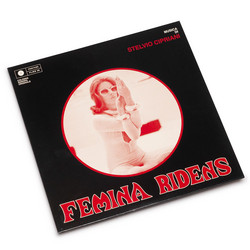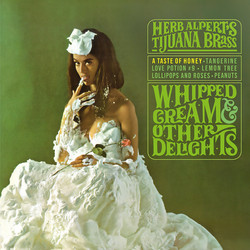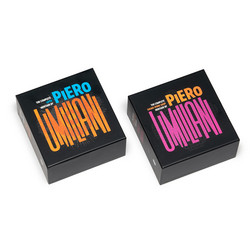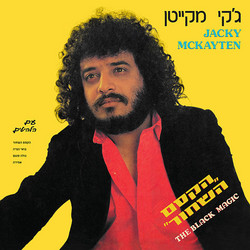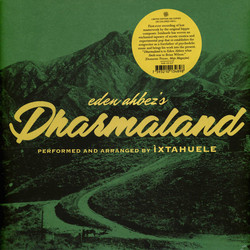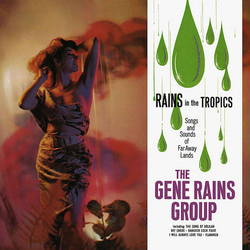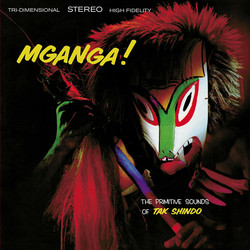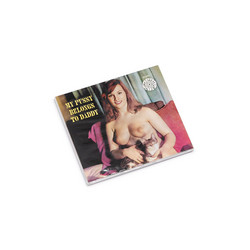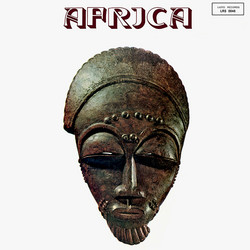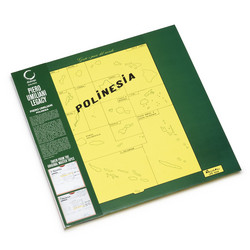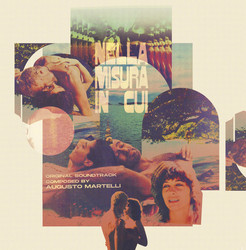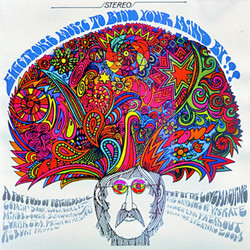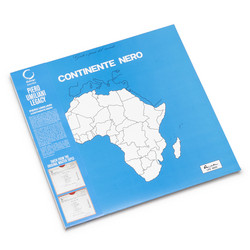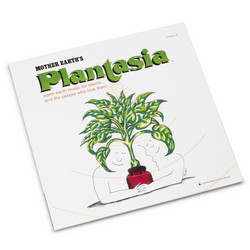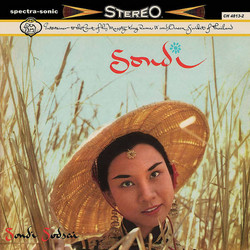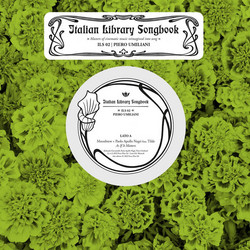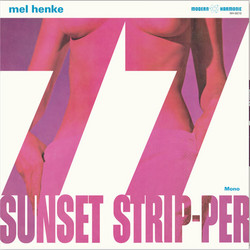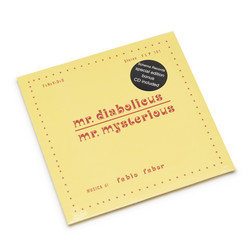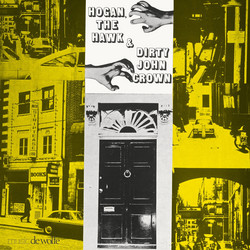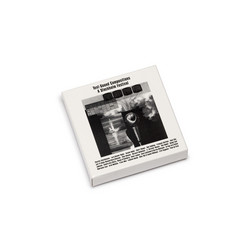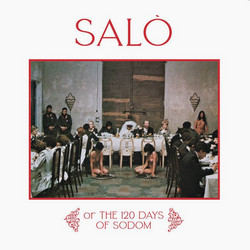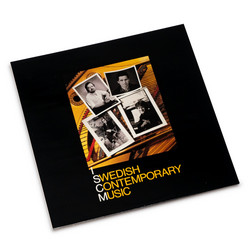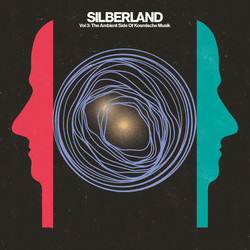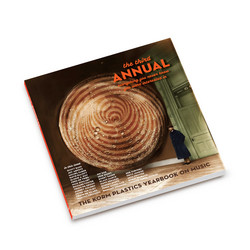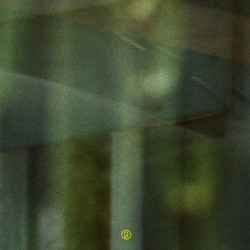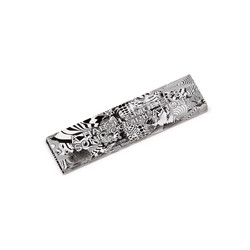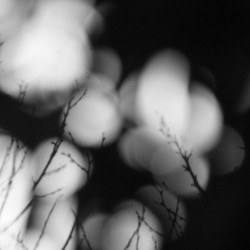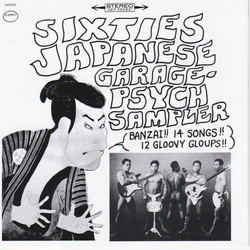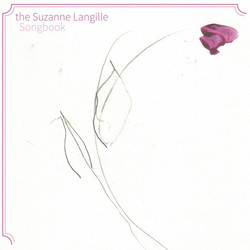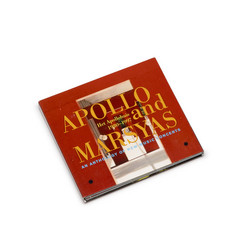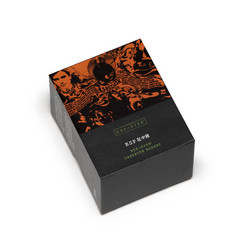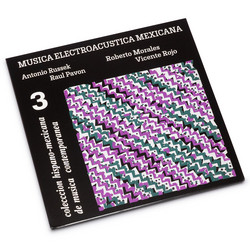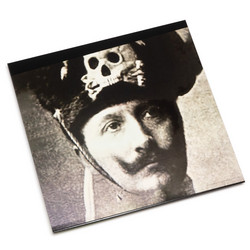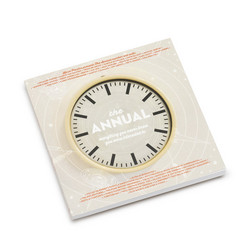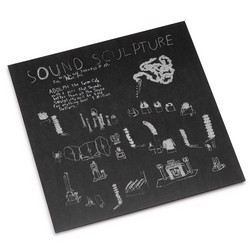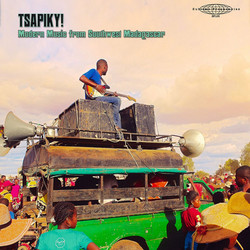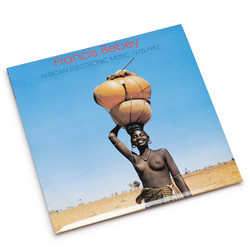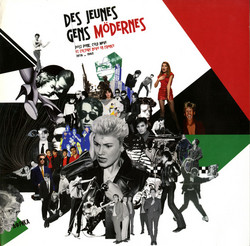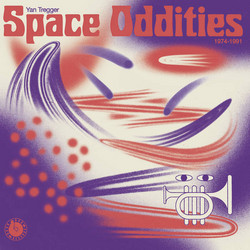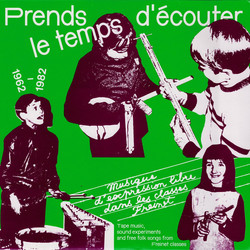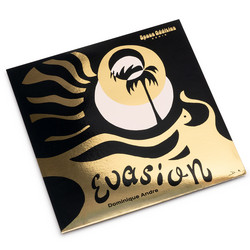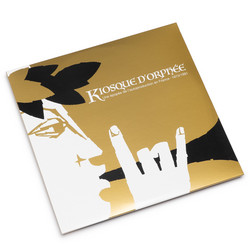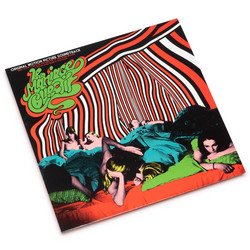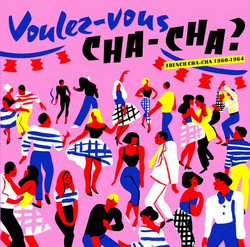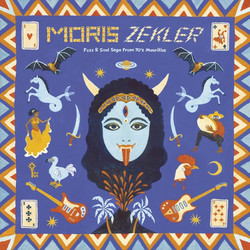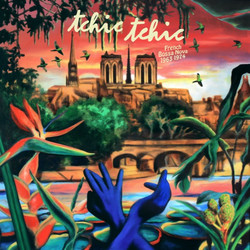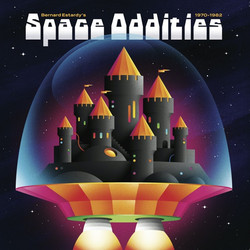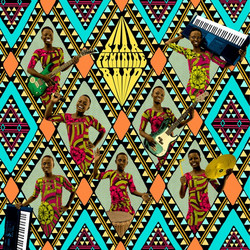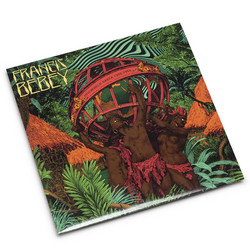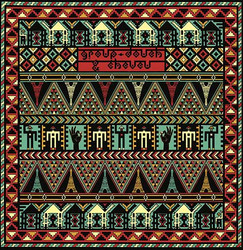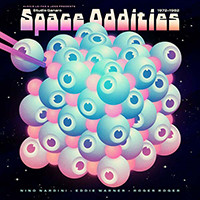** 2021 Stock ** In 1963, David Lean’s Lawrence of Arabia won seven Oscars. Launching its actors to stardom, including Peter O’Toole and Omar Sharif who played Prince Ali Ibn Kharish at the age of thirty. The latter incarnated the West’s vision of the Middle East which was simultaneously elusive, refined and elegant. His fiery stare, impeccable mustache and immaculate haircut had something to do with it: the Egyptian actor was a sex symbol of an era passionate for James Bond and OSS117 spy adventures. In the Jordinian desert, he fascinated an audience that was in search of an escape and the thousand and one nights. This appetite for a colorful and fantasized exoticism, was also prominent in France’s music of the sixties. The country that welcomed Omar Sharif's first feature films outside of Egypt (Goha, La Châtelaine du Liban) produced a delirious amount of music of Latin or Middle Eastern inspiration, grouped behind the genre named “typical” .
This “typical” production is enough to scare away the most motivated and adventurous of listeners: overabundant and often blurry versions, anonymous performers (often accompanied by the same arrangers) and only a few noteworthy songs. Venturing into the moving waters of orchestral music undoubtedly causes disappointment, but here and there, springing up in the middle of a vast ocean, one can find a few cha-cha-cha pearls played in a Cuban or Middle Eastern style. The French equivalent of Exotica records (Les Baxter, Yma Sumac, Martin Denny etc.) for North Americans who were fantasizing about Hawaiian Tikis and the Pacific Islands, the oriental cha-cha-cha fueled dreams of the Middle East and Northern Africa. To rum-based cocktails sipped in a Polynesian setting, the French were to prefer couscous and mint tea. Carrying them across the Mediterranean to nearby Maghreb and even further on to the more mysterious Anatolia. Orientica in short.
